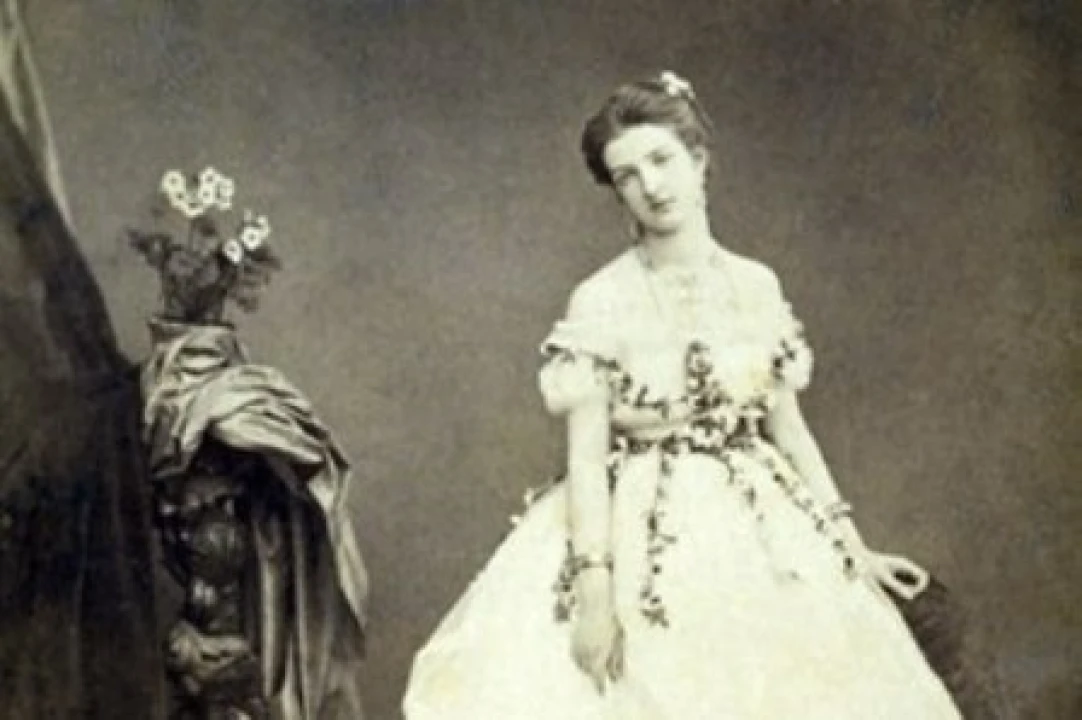WTI Magazine #52 2015 January, 23
Author : Giovanni Verde Translation by:
Margherita Maria Teresa Giovanna of Savoy was born in Turin on November 20, 1851, daughter of Ferdinand, the first Duke of Genoa, and Elizabeth of Saxony. She was the first Italian Queen consort, a character of great charm, a woman who has profoundly influenced the choices of her husband, King Umberto I.
During her adolescence, Margaret develops a deeply religious character, a reactionary vision, intimately linked to the crown. At the same time, the growth of her communication skills will allow her to appear in the eyes of Italian as a figure of great popularity and charisma. Margherita will be able to cleverly hide the extreme positions taken to approve the vigorous repression of the uprisings of 1898 and, later, the unconditional support to the rise of fascism Italy.
The wedding with Umberto is celebrated in Turin in April 1868: on the 21st in the ballroom of the Royal Palace the deed wedding is signed, the day after the Crown Prince and Princess marry in the Cathedral of St. John. The Savoy House manifest the will to ensure, beside noble and prominent figures of national politics, even the presence of delegations of simple peasants and workers.
The honeymoon of the couple is actually the result of an essentially political project. The trip plans to go down the peninsula to present to the newly formed Italy the future sovereign, in order to create a unit of feelings, after the achievement of the political unitary, that would find its final stage a little later, with the conquest of Rome.
On the morning of april 30th the spouses arrive to the capital at the time, Florence, welcomed by the enthusiasm of the crowd, receiving as a gift from Mayor Lorenzo Ginori "a lily studded with rubies with a brilliant leaves daisy", a tribute to the princess in the choice of the flower called to adorn the city's symbol, as Margherita is not only a name, but also the Italian word for "daisy".
The couple moves to Rome in January 1871, after staying in Naples for a short
period. At court, Margherita has a significant upward on the choices of her husband, even if she officially takes care of receptions. Soon her Thursday meetings gain great fame, meetings where she would meet prominent intellectuals, seduced by her conversation, interested to discuss complex and fascinating topics, which until then usually had remained distant from the Royal palaces, more prone to frivolous evenings. Also, the choice of the guests, in which the rank has not a decisive role, represents a new element that helps to give notoriety to the evenings of the Princess, nurturing her myth in the collective imagination.
On January 9, 1878 king Vittorio Emanuele II dies, and after the traditional six months of mourning, Umberto I becomes king of Italy. Margaret acquires the title of Queen consort. Her character and in some ways her cunning will continue to attract crowds. Even opponents of the monarchy will be fascinated by the figure of the queen.
On July 29, 1900, the anarchist Gaetano Bresci in Monza, with four shots ends the life of Umberto I, the King of Italy. The throne would pass to his son Vittorio Emanuele III in August.
Margherita, with the sudden loss of her husband, also loses the title of Queen consort and soon will adapt to the role of Queen Mother. Her choices are much appreciated, during the war, aimed at providing assistance to the needy. Margherita transforms either Quirinale and the palace where she lives in hospitals of war. At the end of the conflict she moves to Bordighera, where she dies on January 4, 1926.
The popularity of the Queen Margherita is so extensive that her figure belongs to Italian history but also to the myth. Poets like Giosuè Carducci sing her achievements in "Alla Regina d'Italia". An Italian town in Puglia will take the name of the queen, Margherita di Savoia. The period of her residency in Naples will give to Italy (and to the world) the "Pizza Margherita", dedicated to her, one of the most famous and popular Italian products in the world.To emphasize the character not so much enterprising of her husband Umberto I, the great Italian journalist Indro Montanelli tells about her: "She was a true and serious professional of the throne, and the Italians felt it. They realized that, although they would not have has a great King, they would have had a great Queen".



